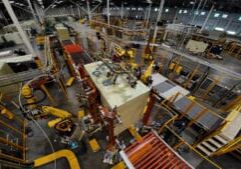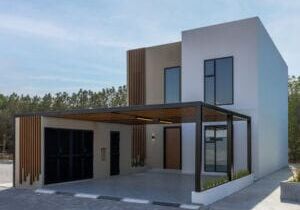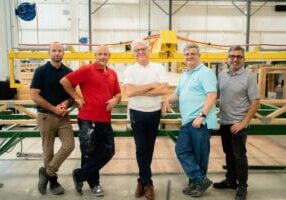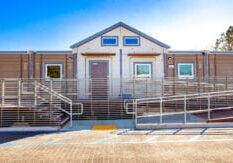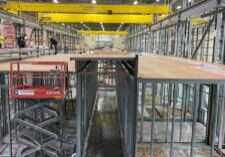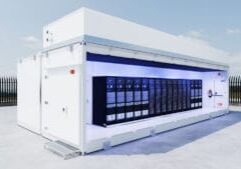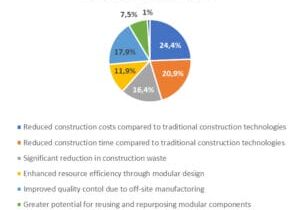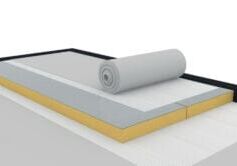Greg DeLeon: Military Engineering to Modular Design
Greg DeLeon, a structural engineer at ISE Structural Engineers in Temecula, California, can tell you not only how large a beam needs to be to support a house, but also how much explosives you’ll need to take it down, thanks to his unique combination of professional and military experience.
After taking classes at Cal State for four years and being close to graduating with a degree in music composition, DeLeon realized that he needed an education that would lead to a career with a living wage. “You have to be really phenomenal to get a good job in music composition, and I was just slightly above average. I knew where I stood in the crowd. I figured I could be slightly average in engineering and still get a decent job.”
He has worked at ISE as a structural design engineer for the past eight years. He teases that his coworkers say he’s only been there for five years, as he has taken significant time away from the office on military service deployments with the Army National Guard. In response to a job ad posted by ISE, he contacted them during an emergency activation where his Army unit was called up to help fight a wildfire in 2016 known as the Soberanes Fire. Despite spotty cell reception and the inability to send his resume, he got the job.
DeLeon is a commissioned officer in the Army National Guard and has been in the service for twelve years. After completing college, he was assigned as a route clearance platoon leader that looks for IEDs. His military training and education was primarily in combat engineering and horizontal construction earth moving. He sees his military experience as “another side of engineering, where I know how to calculate the amount of demolition needed to blow certain things up.”
Today he focuses on designing custom homes and multi-family buildings. While ISE works mainly in California, DeLeon has done some design work outside the state. He has also worked on a couple of public school projects, which necessitate working with the California Division of the State Architect (DSA). DSA provides oversight for K–12 schools, community colleges, and various other state-owned and leased facilities. These projects often require more calculations and back-up documentation than private projects.
‘Modular was a Foreign Concept’
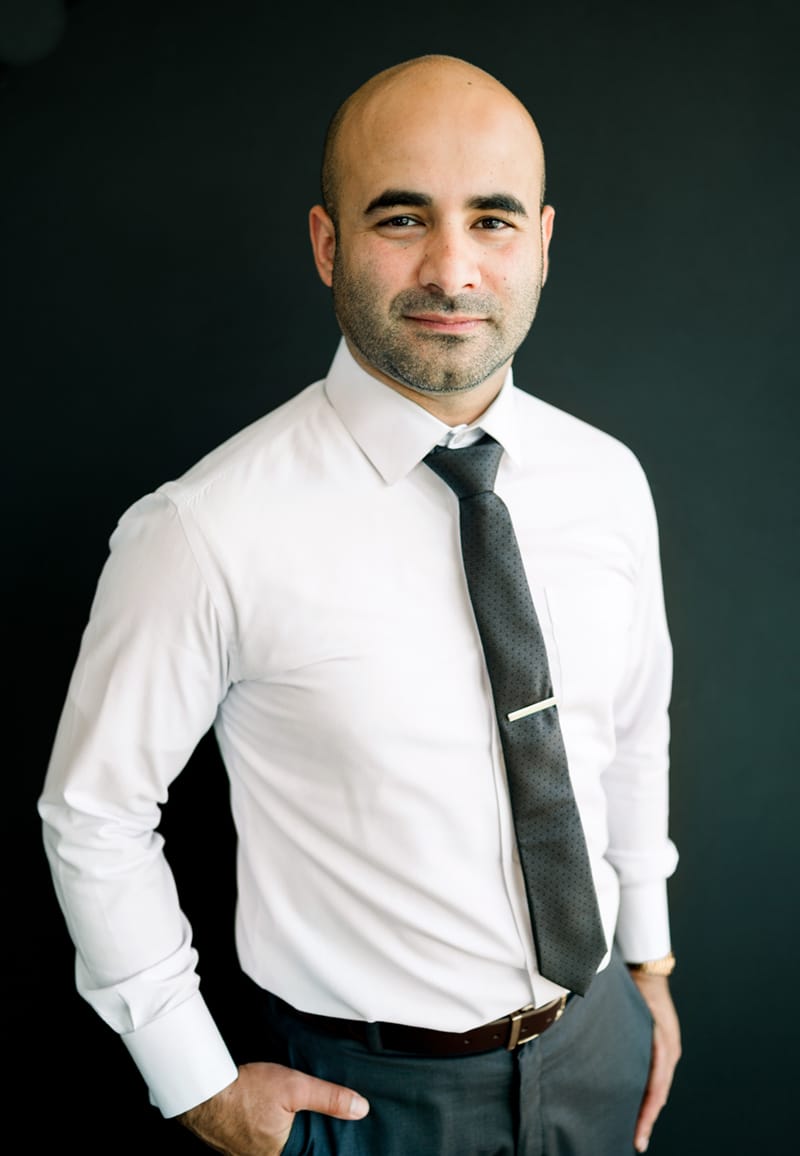
Greg DeLeon, structural engineer at ISE Structural Engineers in Temecula, CA.
A long-term partnership with architect Toby Long in Oakland has resulted in several custom modular home projects, but DeLeon hasn’t always been a fan of modular construction. “I didn’t like modular at first because it was a foreign concept to me. When I first came to ISE I didn’t understand the assemblies.” After being assigned as part of the design team for several of these projects, he is now a fan. “Our team is really good at custom modular houses.”
But they’re still learning, he says. “There’s always stuff to learn. Different factories have their own methods, and as an engineer it behooves me to accommodate those factories. You don’t want to say, ‘I want to do it my way or not at all.’ We try to design it in such a way that it doesn’t affect their process as much. Even though they’re custom houses, we try to do things pretty efficiently in the factory and our team is very sensitive to that.”

The team’s goal is to provide as much coordination up front as possible. “When you have coordination up front, it helps at the end. We do a lot of modular and site-built houses together, like 60% will be modular and 40% site-built.
It gets a bit tricky to connect those pieces sometimes. If you wait to coordinate at the end, you end up doing a lot of fixes, and that takes longer. You spend more hours on a project, and you go over budget.”
In recent years, DeLeon has learned a lot about framing with cold-formed steel, also called light-gauge steel or metal stud framing. “I wasn’t that familiar with it, but I’ve worked on several projects now and want them because that’s a weak muscle of mine.” He’s also expanding his knowledge about post-tension concrete podium construction. “We have engineers in the office that are pretty well versed in building with concrete podiums. I’ve done a couple, but I typically refer back to them for guidance. But it’s something that I’ve gotten better at.”

Internal Drive
DeLeon contributes his success, both in the military and in his profession, to his internal drive to be the best he can be. “I strive to be the best at everything I do. And that’s why I joined the Army too, because I took it as a challenge. I’m competitive, but I try to keep a low profile sometimes.
“You need to have an internal drive just so you can stay competitive and set yourself apart from everyone else. Everyone comes into the engineering field with a degree and an internship, but you need to bring something else to the field, a drive.” His secret to getting ahead is to work longer than anyone else. “If you only work 40 hours a week, you’ll never get anywhere beyond everyone else.”
He also advises newer engineers to read as much as possible, even if it’s not about engineering. “Read something that makes you learn.”
DeLeon has definitely taken his advice to heart, and it shows in his continued success.
About the Author: Dawn Killough is a freelance construction writer with over 25 years of experience working with construction companies, subcontractors and general contractors. Her published work can be found at dkilloughwriter.com.
More from Modular Advantage
Resia: Breaking All the Rules
Resia Manufacturing, a division of U.S.-based Resia, is now offering prefabricated bathroom and kitchen components to industry partners. Its hybrid fabrication facility produces more precise bathroom and kitchen components (modules) faster and at lower cost than traditional construction. Here’s how Resia Manufacturing does it.
How LINQ Modular Innovates to Bring Modular To The Market in the UAE and Beyond
LINQ Modular, with an office and three manufacturing facilities in Dubai, is a modular firm based in United Arab Emirates. The company is on a mission: to break open the housing and construction markets in the Gulf Cooperation Council (GCC) area with modular.
ModMax: Redefining Modular Construction with Confidence and Precision
ModMax was born out of frustration—frustration with five persistent pain points in modular construction: Permitting bottlenecks. Production delays. Rigid designs. Disconnect between “the office” and the field. Lack of transparency and communication.
LifeArk: Disaster-Resilient Housing from Recycled Plastic and 100-year-old Technology
Wee compares LifeArk’s housing units to Yeti coolers, as they are built similarly. Each component takes 15 to 20 minutes to manufacture, has an R-value of 40, and includes molded slots and chases for wiring, plumbing, fire sprinklers, and other utilities.
Building the Future of Modular Edge Infrastructure
The edge data center market is expanding rapidly, driven by the surge in AI workloads, IoT adoption, and the need for localized compute power. In these environments, sustainability, scalability, and reliability are non-negotiable. Cooling is among the most complex challenges for operators—and one of the most decisive factors in long-term success.
Accelerating Light-Gauge Steel Construction: A Semi-Automated Digital Workflow for Off-Site Projects
For construction professionals, the message is clear. By adopting semi-automation and digitalization, companies can deliver projects faster, more accurately, and more profitably, while also building stronger collaboration across teams. The approach is not about replacing people with machines, but about empowering people with better tools and processes.
Why Modular Data Centers Are Gaining Momentum
Artificial intelligence, high-performance computing, and edge applications push the limits of traditional “stick-built” data centers. They take years build, often struggle with high density workloads, and aren’t optimized for deployments near end users. Modular data center platforms are purpose-built to address these challenges, offering flexibility and scalability to adapt to evolving technologies, while opening new opportunities for the modular construction industry.
Supply Chain Innovation in Action: 5 Habits Every Modular Leader Should Practice
By applying these principles to supply chain practices — collaborative planning, strategic procurement, scenario modeling, digital tools, and transparent forecasting — construction leaders can build value chains that are not just efficient and agile, but truly innovative.
Exploring the Role of Modular Integrated Construction (MiC) in Advancing Circular City Principles – A Survey of Stakeholder Perspectives
The survey findings highlight the significant potential of Modular integrated Construction (MiC) in advancing the development of circular cities. By reducing costs, accelerating construction timelines, and minimizing waste generation, MiC offers a promising approach to sustainable urban development.
The Use of MS POLYMER™-Based Sealants and Adhesives in Modular Building
These products combine flexibility and elastic recovery with excellent adhesion to different substrates and have already shown their usefulness in traditional construction. Now it’s time for them to be put to use in the modular construction industry.

